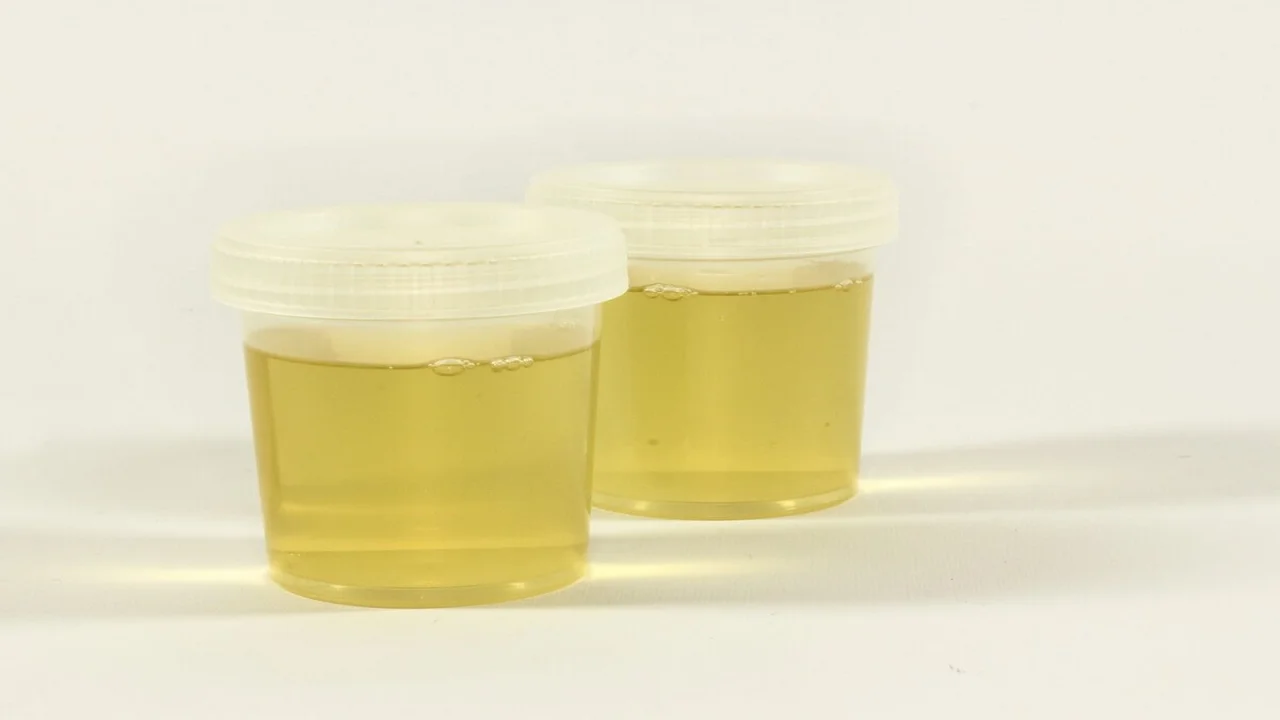Gerhardt’s Test: Detecting Ketone Bodies in Urine with Ferric Chloride
Learn about Gerhardt’s Test, its principle, procedure, and significance in detecting ketone bodies in urine. A guide to Gerhardt ferric chloride test and its clinical applications.

Gerhardt’s test is a diagnostic method used to detect ketone bodies, specifically acetoacetic acid, in urine. By utilizing ferric chloride, this test produces a distinct reddish-purple color change, making it valuable for identifying metabolic disorders such as diabetic ketoacidosis. This straightforward yet effective test holds significant clinical importance.
What Is Gerhardt’s Test?
Gerhardt’s Test Principle
The principle of Gerhardt’s test is based on the chemical reaction between ferric chloride and acetoacetic acid, one of the key ketone bodies in urine. When these substances interact, a reddish-purple color forms, indicating the presence of acetoacetic acid. This reaction provides a reliable means to assess abnormal metabolic activity.
Unique Features of Gerhardt’s Test
- Specificity: Targets acetoacetic acid exclusively.
- Efficiency: Provides rapid results with minimal equipment.
- Clinical Relevance: Useful in diagnosing conditions like diabetic ketoacidosis and prolonged fasting.
Specimen
Urine Sample: Collected freshly for accurate results.
Equipment
Test tubes, pipettes, and gloves for safe handling.
Reagents
Ferric Chloride Solution: Essential for the reaction.
Procedure for Gerhardt’s Test
Step-by-Step Guide
- Sample Collection: Obtain a fresh urine sample in a clean container.
- Reagent Addition: Add a few drops of ferric chloride solution to the urine sample in a test tube.
- Mix and Observe: Gently mix and monitor for a color change. The appearance of a reddish-purple color indicates a positive reaction.
Visual Summary
| Step | Action |
|---|---|
| Collect urine sample | Use a clean, dry container |
| Add ferric chloride | Introduce drops into the urine sample |
| Observe for color change | Look for reddish-purple hue |
Safety Precautions
- Handle ferric chloride with care, as it is corrosive.
- Use gloves and goggles to protect against spills.
- Dispose of chemicals and samples responsibly.
Interpreting Results of Gerhardt’s Test
Positive Reaction
A reddish-purple color indicates a positive result, signifying the presence of acetoacetic acid in the urine. This finding suggests elevated ketone levels, commonly associated with:
- Diabetic Ketoacidosis
- Starvation or Fasting
- High-fat, low-carbohydrate diets
Negative Reaction
The absence of color change indicates a negative result, suggesting normal ketone body levels and healthy metabolic function.
Common Causes of False Positives
- Medications like levodopa
- Presence of phenols or salicylates

Clinical Significance of Gerhardt’s Test
Diagnostic Applications
Gerhardt’s test is instrumental in:
- Diagnosing diabetic ketoacidosis (DKA).
- Monitoring ketone levels in patients on ketogenic diets.
- Assessing metabolic responses to prolonged fasting or illness.
Limitations
- Specificity: Detects only acetoacetic acid, not beta-hydroxybutyrate.
- False Positives: Interference from certain drugs or metabolites.
Complementary Tests
For comprehensive analysis, additional tests such as blood ketone measurements may be required.
Summary Table for Quick Reference
| Aspect | Details |
|---|---|
| Principle | Ferric chloride reacts with acetoacetic acid |
| Positive Reaction | Reddish-purple color |
| Negative Reaction | No color change |
| Key Use | Detection of ketone bodies in urine |
| Limitations | False positives, beta-hydroxybutyrate not detected |
Summary
Gerhardt’s test is a reliable and efficient method for detecting ketone bodies in urine. Its simplicity and specificity make it a valuable diagnostic tool in clinical settings. By understanding the principle, procedure, and interpretation of this test, healthcare professionals can better diagnose and manage metabolic disorders. However, its limitations highlight the need for complementary testing to provide a complete picture of a patient’s metabolic health.
FAQs
What is the principle of Gerhardt’s test?
How does Gerhardt’s test compare to other ketone tests?
Can Gerhardt’s test detect all ketone bodies?
The information on this page is peer reviewed by a qualified editorial review board member. Learn more about us and our editorial process.
Last reviewed on .
Article history
- Latest version
Cite this page:
- Posted by Dayyal Dungrela